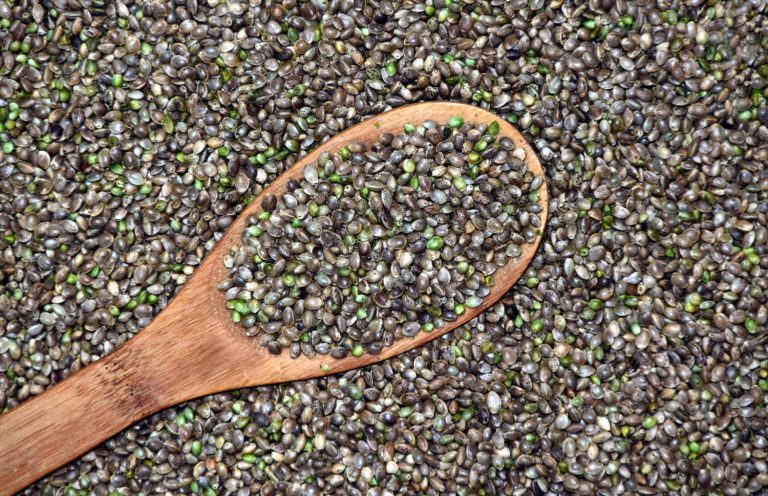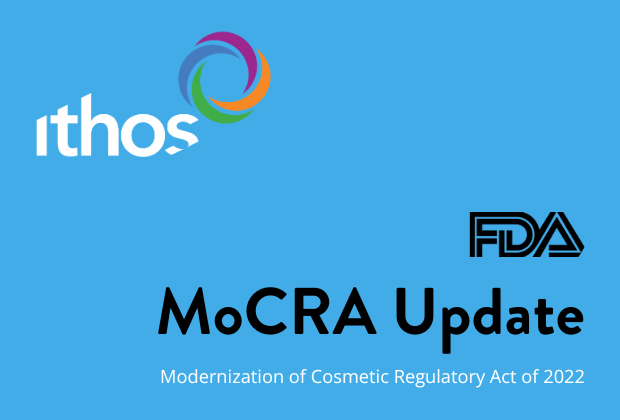
Health Canada, the department responsible for the country’s national health policy, has issued screening assessments on several substances:
Talc
Health Canada released a final screening assessment for talc on April 22, 2021. Under certain conditions of use, talc was found to be toxic as defined by the Canada Environmental Protection Act, or CEPA.
The final screening assessment describes the potential areas of concern as:
- Inhalation of fine particles of talc when using loose powder products like baby powder, body powder, and loose face powder, which can damage the lungs; and
- Exposure of the female genital area to products containing talc such as body powder, baby powder, diaper and rash creams, genital antiperspirants and deodorants, body wipes, bath bombs and bubble bath.
Based on the information available, the final screening assessment concluded that there are no human health risks from ingestion (e.g., talc in food or drugs), or dermal or inhalation exposures from pressed powders (e.g., pressed powder makeup).
Health Canada is proposing appropriate risk management action, including revising the existing entries for talc on the Cosmetic Ingredient Hotlist and the Natural Health Products Ingredients Database and applicable monographs. This will provide information to manufacturers on the expanded restrictions on the use of talc in cosmetics, natural health products and non-prescription drugs that can be inhaled or used in the female genital area.
Terpenes and Terpenoids Monocyclic Group
The draft screening assessment on terpenes and terpenoids was issued May 7, 2021. Terpenes are components of essential oils found in a wide variety of plants.
The Ministers of the Environment and of Health conducted a screening assessment of 16 of 76 substances referred to collectively under the Chemicals Management Plan as the Terpenes and Terpenoids Group.
Sandalwood oil, ginger oil, sandalore, T & T clove oil, beta-caryophyllene , and copaiba balsam were present in cosmetics, based on notifications submitted . Sandalwood oil, ginger oil, beta-caryophyllene and copaiba balsam were also listed in the Natural Health Products Ingredient Database.
Guaiazulene in the US is a non-certified colorant allowed for use in cosmetics, but not drugs. Up until now, there do not seem to be restrictions on it.
Health Canada concluded that T & T clove oil, sandalwood oil, and guaiazulene meet one or more of the criteria to be declared CEPA toxic and that the remaining 13 substances in the group do not meet any of the criteria.
It is also proposed that T & T clove oil and guaiazulene meet the persistence and bioaccumulation criteria and that sandalwood oil does not meet the persistence or bioaccumulation criteria. Potential actions may range from none, to restrictions, to prohibitions.
Per- and Polyfluoroalkyl Substances
The Canada Gazette of April 24, 2021 contained an announcement that the Government of Canada intends to move forward with activities to address the broad class of per- and polyfluoroalkyl substances (PFAS) because scientific evidence to date indicates the PFAS used to replace regulated PFOS, perfluorooctanesulfonate PFOA, Perfluorooctanoic acid, and long-chain PFCAs (LC-PFCAs) perfluorocarboxylic acids may also be associated with environmental and/or human health effects.
The Government of Canada evaluated the risks of PFOS, PFOA, and LC-PFCAs, and published the findings in screening assessment reports in 2006 and 2012. These substances were found to be toxic to the environment, and added to the List of Toxic Substances under Schedule 1 of the Canadian Environmental Protection Act, 1999 (CEPA).
As a result, measures to manage risks from these substances were put in place. In response to risk management measures taken over the past decade by the Government of Canada and other international jurisdictions, industry has shifted from using PFOS, PFOA and LC-PFCAs to using other PFAS as substitutes. The large majority of the 4 700 PFAS, as identified by the Organisation for Economic Co-operation and Development, have not been assessed and are not being managed globally.
In Canada, risk management actions for PFOS have been in place since 2008. Since 2016, the manufacture, use, sale, offer for sale or import of PFOS, PFOA, LC-PFCAs, and products that contain them have been prohibited, with a limited number of exemptions.







